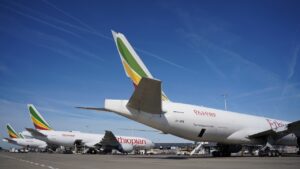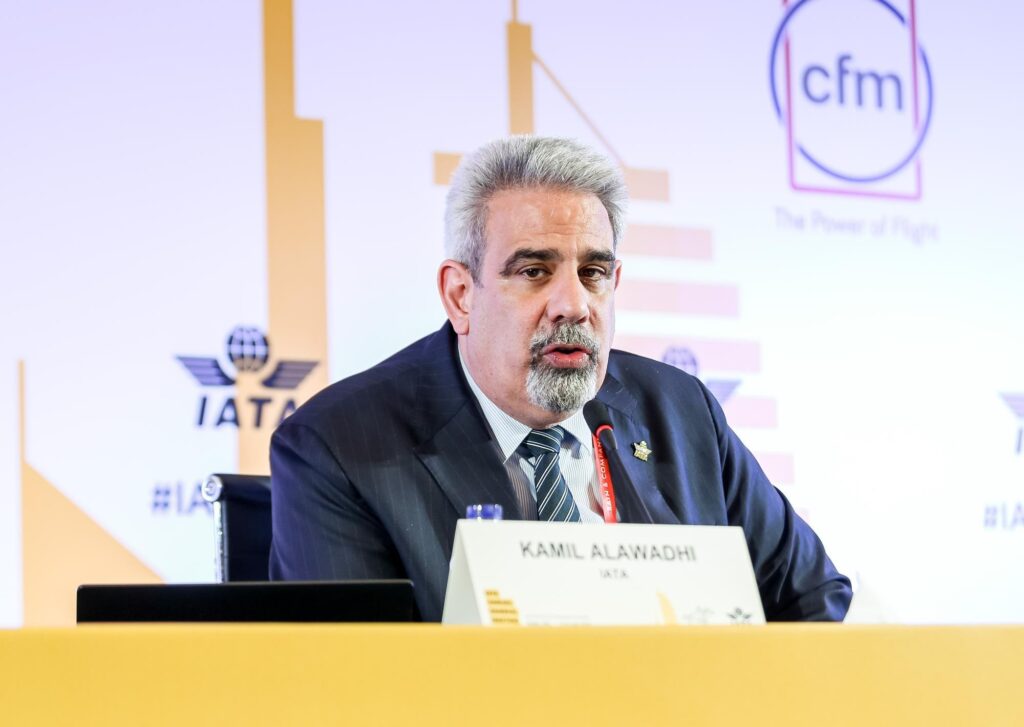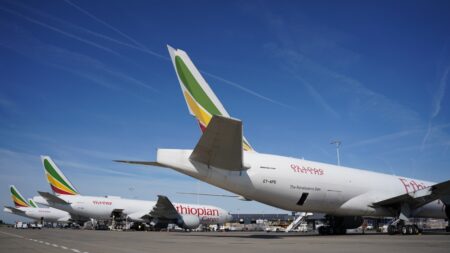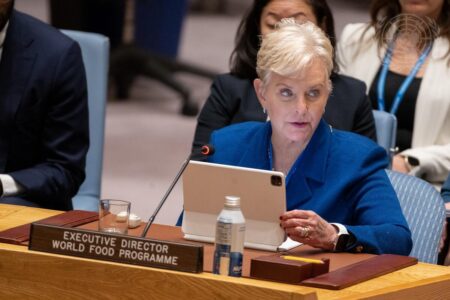- Algeria tops countries holding airlines’ blocked funds in Africa at $261 million followed by countries within the XAF Zone that are trapping $140 million.
- Ethiopia has $115 million in blocked funds for airlines while its neighbour Eritrea is sitting on $75 million.
- Zimbabwe closes the top five countries with blocked funds at $69 million.
Airlines across the world continue to struggle to repatriate their profits, with several African countries accounting for the bulk of blocked funds at $880 million. This amount, which represents 52 percent of the total $1.68 billion blocked funds globally continues to act as a hindrance to the growth of the industry post-Covid-19 fallout.
Data from the International Air Transport Association (IATA) has single out Algeria, the XAF Zone, Ethiopia, Eritrea, and Zimbabwe as the top five countries in Africa where airlines are struggling to repatriate their profits.
Across Africa, Algeria tops among countries holding blocked funds at $261 million followed by countries within the XAF Zone that collectively account for $140 million. Africa’s second populous nation Ethiopia has $115 million in blocked funds for airlines while its neighbour Eritrea is sitting on $75 million. Zimbabwe closes the top five countries with blocked funds at $69 million, an analysis by IATA said.
Nigeria cleared $831 million in airlines’ blocked funds
Earlier, Nigeria cleared 98 percent of the total funds blocked or $831 million, giving airlines the chance to repatriate their revenues in line with international agreements and treaty obligations.
Meanwhile, IATA has called on African countries to take advantage of the strengthening aviation sector to optimize benefits to the local economies in a year when aviation is poised to post a rise in earnings.
This year, IATA forecasts that Africa’s airlines will earn a collective net profit for the second consecutive year, as the industry fosters resilience in its post Covid recovery.
The expected $100 million profit, however, translates to just 90 cents per passenger – well below the global average of $6.14, IATA noted in an industry update.
“Africa’s airlines are making a collective profit. That is good news. But it is razor-thin and well below the global benchmark. And there are wide variations across the continent where many individual airlines still struggle with losses. The demand to travel is there. To meet it, the African airline sector needs to overcome many challenges, not least of which are infrastructure deficiencies, high costs, onerous taxation, and the failure to broadly implement a continent-wide multilateral traffic rights regime,” said Kamil Alawadhi, IATA’s Regional Vice President for Africa and the Middle East.
“The challenges facing African aviation are significant, but they are not insurmountable. IATA’s Focus Africa initiative is by no means a panacea, but it does lay out a framework to build a stronger aviation sector that will provide even better support to economic growth and social development. The prize for working together across the continent for safe, efficient, and sustainable air connectivity is well worth focused policy efforts across the continent,” said Alawadhi.
2024 African Airlines’ Financial Outlook Highlights
- Net Post-Tax Profit: African airlines are projected to achieve a net post-tax profit of $100 million, the second year of profits following the COVID economic fallout.
- Per Passenger Profit: Profit per passenger is expected to reach $0.9, nearly doubling the 2023 figure of $0.5, reflecting improved operational efficiency and increased demand, but well behind the global average of $6.14.
- Profit as a Percentage of Revenue: Profit margins are anticipated to be 0.6 percent of revenue, up from 0.4 percent in 2023. This remains significantly lower than the global net profit margin of 3.1 percent.
- Revenue Passenger Kilometers (RPK) Growth: RPK growth is forecasted at 8.5 percent, indicating continued strong passenger demand across the region. This does, however, lag behind the expected growth in capacity of 9.1 percent.
- Load Factor: The load factor is expected to reach 61.9 percent, slightly ahead of the 59.8 percent breakeven load factor for African Airlines.
Last year, Africa had no jet hull losses for the second year consecutively. Moreover, the continent recorded no fatalities in commercial aviation accidents in 2023, as presented within the IATA Annual Safety Report. The all accident rate for Africa was 6.38 per million sectors which is an improvement on the five-year average of 7.11.
According to IATA, the priority for Africa continues to be the implementation of safety-critical ICAO Standards and Recommended Practices (SARPS) for safety. Under the Focus Africa initiative IATA introduced the Collaborative Aviation Safety Improvement Program (CASIP) to help deliver this.
The Global Aviation Safety Plan (GASP) and the AFI Regional Aviation Safety Plan are targeting SARPS implementation at 75 percent for Africa. Currently, only 12 out of Africa’s 54 states meet this standard.
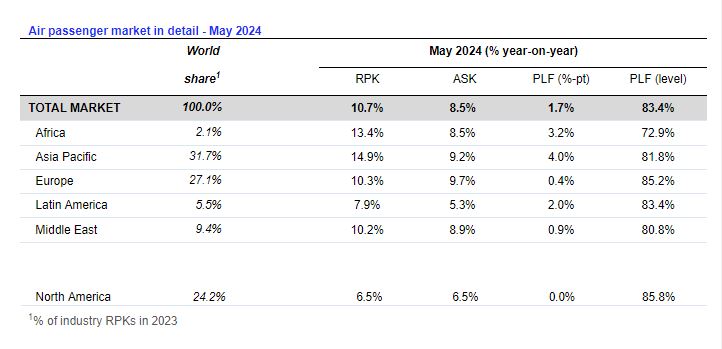
Read also: Hope as Africa’s Aviation sector shows signs of positive growth
Single African Air Transport Market
The Single African Air Transport Market (SAATM) seeks to liberalize civil aviation across the continent by removing restrictions on traffic rights for African airlines. SAATM provides Africa with a ready-made mechanism to drive economic growth, but few governments have taken the steps needed for its implementation.
Moreover, an IATA analysis of 607 bilateral air service agreements (BASA’s) in Africa revealed limitations on the development of intra-Africa connectivity because the implementation of over half of these agreements was being compromised.
Non-compliance of by African governments BASA’s is a major obstacle to achieving seamless regional connectivity and growth in the African aviation sector. To develop economy-boosting intra-Africa connectivity Africa’s governments must back SAATM with actions. This is another key element Focus Africa is addressing.
